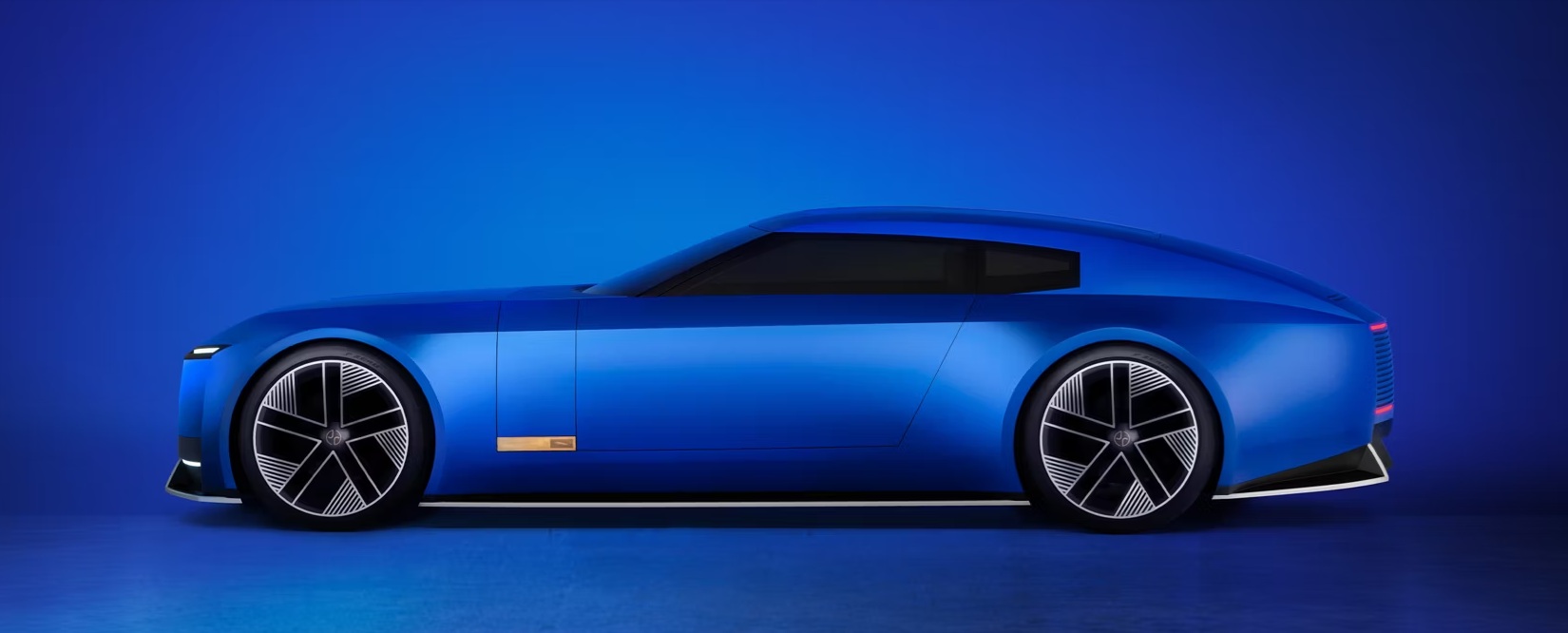
Jaguar Sales Plunge Amid Bold Reset
Jaguar is experiencing one of the steepest sales plunges in its modern history. The iconic British marque, long known for luxury sedans and sporty performance cars, is seeing its global presence shrink rapidly. However, this collapse is not due to lack of demand or innovation. Instead, it is a calculated move as it prepares for a bold, all-electric relaunch in 2026.
Sales tumble, inventory issues
In recent months, Jaguar sales have tumbled across key markets. In North America, sales fell over 12%, largely due to a temporary suspension of exports to the United States. The move came after the U.S. government imposed a 25% tariff on foreign-built vehicles, forcing Jaguar Land Rover (JLR) to halt shipments of its UK-made Range Rovers and Slovakian-built Defenders. Given that North America represents over 30% of JLR’s global volume, the disruption has had a major impact.
At the same time, the company has begun to phase out its existing line-up of internal combustion engine (ICE) vehicles. The company has intentionally wound down production of its gasoline-powered models to make way for an entirely new electric vehicle (EV) platform. This transition has contributed significantly to the sales plunge. Year-on-year, Jaguar brand sales have fallen by an eye-watering 72%.
Pause in manufacturing
In Europe, the situation is even more drastic. The company paused nearly all manufacturing activity as it retools its production lines for EVs. In April, European Jaguar sales dropped by an astounding 97%. The reason: no new inventory. With legacy models being retired and new EVs not yet launched, dealers had almost nothing to offer customers.
Inventory issues have made the decline even sharper. With Jaguar halting production of old models and yet to unveil new ones, dealerships across the globe are facing a vacuum. Many showrooms have few or no new cars available for sale, leading to loss of walk-in customers and missed revenue opportunities. For a premium brand like Jaguar, visibility and physical presence are crucial. The current drought of stock sends a mixed signal to both loyal buyers and new prospects.
Is it the re-branding?
To make matters more complicated, Jaguar’s recent rebranding campaign has been met with mixed reviews. Instead of focusing on vehicles or product features, the new campaign leans into abstract visuals and minimalist messaging. While the aim is to reposition the company as a future-facing luxury electric brand, many consumers and dealers alike are confused. Without a product to promote and a clear message to rally around, the rebrand has so far failed to convert attention into sales.
Jaguar has a clear strategy
Despite these short-term struggles, Jaguar’s strategy is clear: clean the slate and return stronger. By 2026, it aims to relaunch as a fully electric luxury brand, targeting an upscale market more aligned with the likes of Bentley than traditional mid-tier luxury rivals. The new EV line-up will be built on a bespoke platform, offering sleek designs, cutting-edge technology, and high performance.
However, the transition comes with high risks. Jaguar sales are likely to remain low through 2025, as the company operates in a holding pattern. The lack of transitional models or bridge offerings means customers may simply move on to competitors. The electric luxury market is becoming crowded, with Tesla, Mercedes-Benz, BMW, and startups like Lucid Motors all competing for mindshare and market share.
What to expect
For JLR, the next 18 months will be critical. If the brand can execute a successful relaunch with a compelling product lineup and strong marketing push, it may emerge as a leader in the EV luxury space. But if delays occur or the products fall short of expectations, the damage to its sales and reputation could become irreversible.
In the end, Jaguar’s current sales collapse is not a failure—it’s a reset. Whether the gamble pays off remains to be seen.















